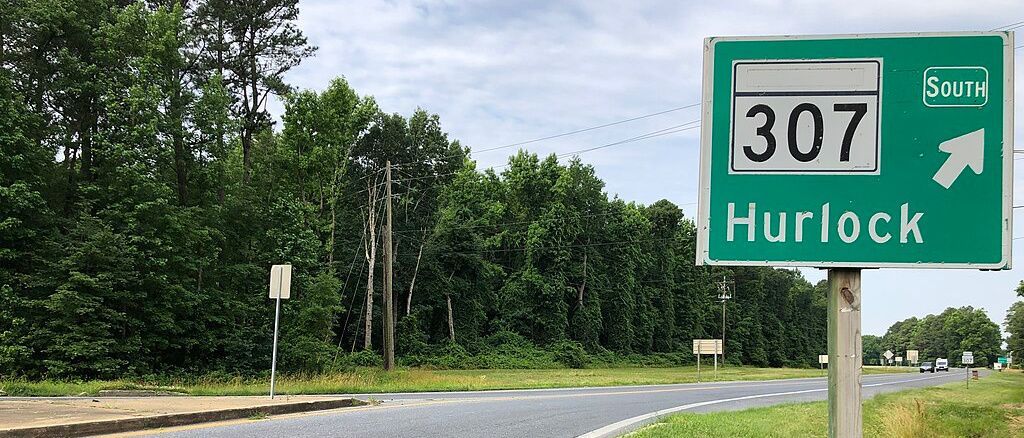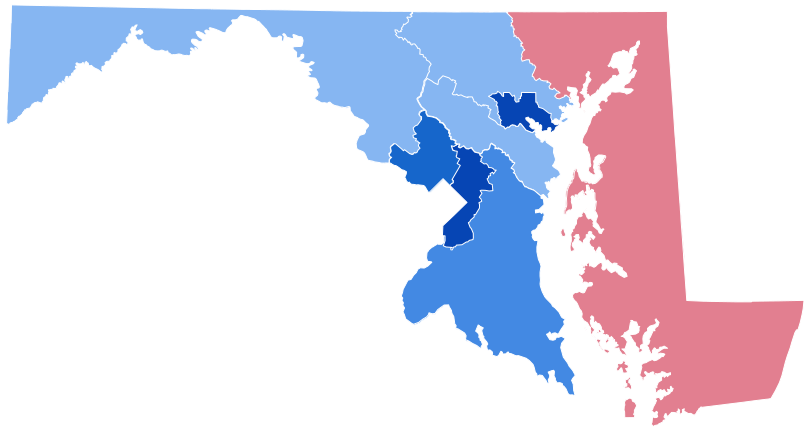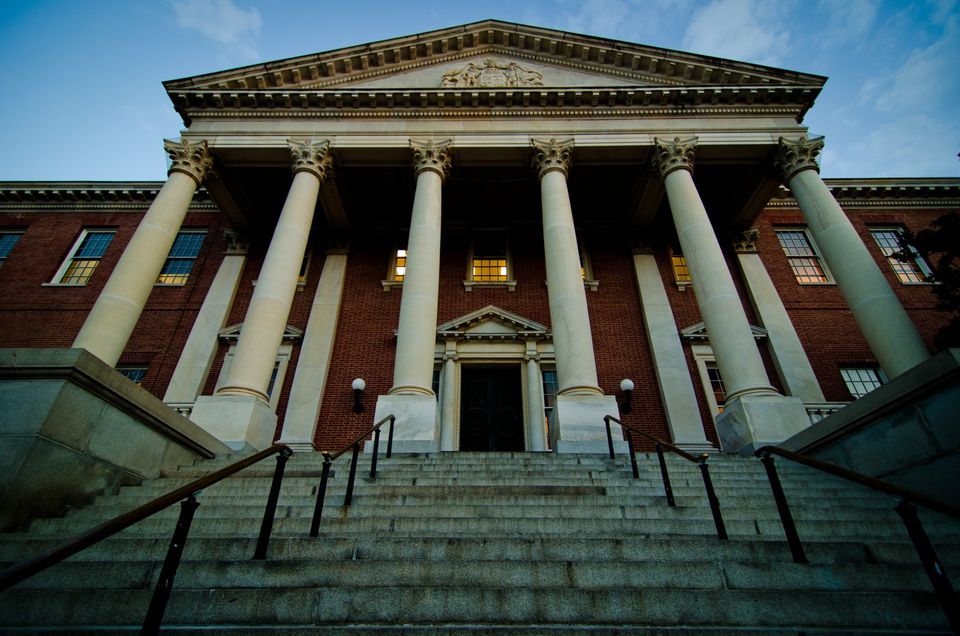Governor Hogan’s 2020 Budget Proposal: What’s not to like?
The Facts:
Last month, Republican Governor Hogan released his $46.6 billion 2020 Budget Proposal, promising taxes would not be raised. And reflecting a welcome change in political atmospherics, it has received few complaints and even some compliments from the Democratic leadership. Senate President Mike Miller called it “very positive.” However, the annual legislative session is in its early days.
The process leading to an approved Fiscal Year 2020 (FY20) Budget before the April recess is eased by the welcome news FY19 ended with a $ 1.335 billion surplus. The Governor has placed a substantial part of that surplus into the state’s reserves against future economic down-turns. One procedural change from the past, the Governor stated he would not submit a Budget Reconciliation Bill, aimed at balancing budgets.
Hogan’s principal suggested increases in fund allocation over FY19 are for: health care (Medicaid $ 11.5 billion); public school systems ($6.9 billion); 3% salary increase for State employees ; State university system ($1.45 billion); Infrastructure , e.g. transportation ($3.3 billion), State facilities ($250 million) and state colleges/university maintenance ($63 million); Chesapeake Bay and related environmental improvements , e.g. $117.1 Million for Bay Restoration; $10 million for Clean Water expenses; $53.6 million to Chesapeake & Atlantic Coastal Bay; and funding boosts for flood control. The proposal also doubles the tax credit for zero-emissions vehicles.
Other significant suggested expenditures include: $248 million for opioid addiction programs, $378 million (5 years) for a “therapeutic treatment center” at the state-run Baltimore jail, $56.5 million to attract economic investment in Opportunity Zones/Funds, and $50 million for programs to serve victims of crime.
The Analyses:
There are, of course, elements of the Governor’s FY20 plan that will be scrutinized by legislators with different priorities. Three of them are related to the always-sensitive subject of public education. The Hogan Administration ignored the usual formula used to determine county public school funding distribution. The result: the budget proposal provides $11 million more to Baltimore and some Eastern Shore counties, and the state’s second highest per student allocation ($13,000) to Maryland’s poorest jurisdiction, Somerset County. Two of the formula’s metrics are enrollment size and wealth per student. Shrinking student populations like those in Baltimore and Kent County and elsewhere, affect both adversely.
The second education issue is what many claim is the underfunding of the recommendations of the Kirwan Commission, organized to raise Maryland’s education standing to “World Class”. It suggested a series of proposals which eventually would cost $3.8 billion per year. However, the first fiscal year estimated expenditure was $325 million. The Governor’s budget suggests $200 million.
And the third school related topic is Charter Schools. The governor wants FY20 to include $2.6 million for charter school construction and new legislation that would provide $1600 per pupil funding for those attending them. The objections are this reduces the amount of funding available for the public school systems and the variations in charter schools’ quality.
And finally, the largest state employee union cried foul and went to court alleging that the Government had not negotiated a wage increase fairly with them. Why? Among several complaints was the allegation that the state had tried to prevent the union reps from sharing the different percentage increases discussed during the negotiations. However, if the 3% increase for state employees is retained, this union’s members will also receive the higher salary.
We’ll know the outcome in early May. Let the games begin.
Common Sense for the Eastern Shore








